(1894 - 1948)
Polar bear in a snowstorm
Oil on canvas
H. 70 cm; L. 100 cm
Signed lower left
Emanuel A. Petersen studied to become a theater set painter and previously trained in porcelain painting specializing in seascapes. Nevertheless, he quickly received the nickname "Greenland Painter" following his return from this isolated land after four years of travel, in 1924. He painted the nature and civilizations of Greenland with great enthusiasm from 1920 to 1948 , believing that ties between Denmark and Greenland should be strengthened, which he said could have been achieved by sharing the beauty of this land with the Danish people. His goal was to travel and paint all along the coast of this isolated land, showing it to the population with the colors and atmospheres that a photograph cannot transcribe. His ultimate goal would have been to collect his works in a book accompanied by texts written during his travels. This work was not completed during his lifetime, but published a few years ago, the work was published with the writings he left behind and illustrated with some of his paintings. Ambitious: he requested and obtained funding for expeditions to Greenland with the aim of bringing the “colony” and the “homeland” closer together. Petersen is famous for his idyllic oil paintings from all over Greenland, but what few people know is that they are painted in Denmark. The artist made graphite sketches and watercolors on site during his travels, but no canvases, the equipment being not practical to transport. The Nuuk Art Museum (Greenland) has around 150 paintings by the painter, as well as a number of sketches.
The vast majority of known works are created in calm, sunny weather, with warm lights reflecting on cold waters. On the contrary, our large canvas is one of the very rare to represent a snowstorm in which his ship is caught. This steamboat is found in many compositions where it serves as a scale and sometimes even as the main subject. Here, the polar bear in the foreground is the subject. He watches, curious, as this mass of metal with its smoking chimney comes to encroach on his territory. In 1924, when our painting was created, the subject of the disappearance of polar bears was certainly not topical. What do you think today when you see this composition? A premonitory work?



















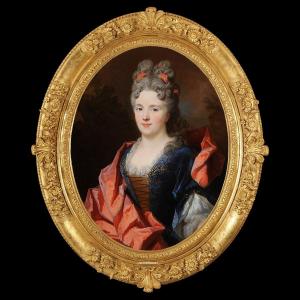




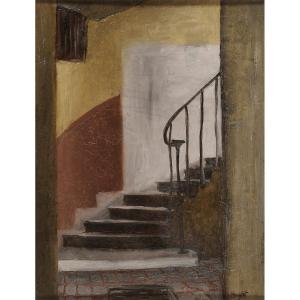



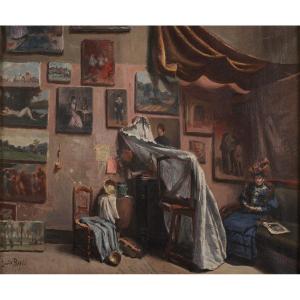

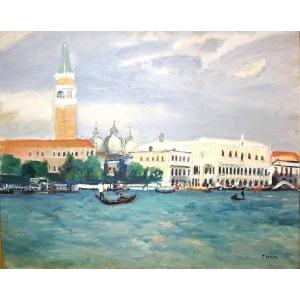
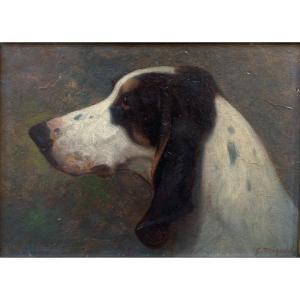
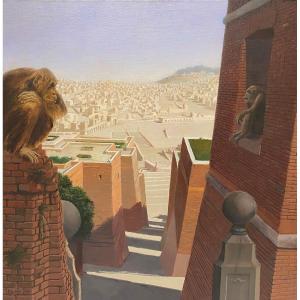
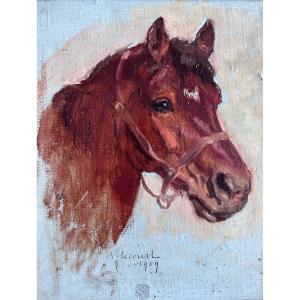
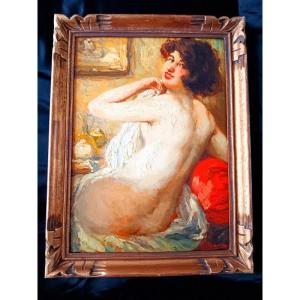



 Le Magazine de PROANTIC
Le Magazine de PROANTIC TRÉSORS Magazine
TRÉSORS Magazine Rivista Artiquariato
Rivista Artiquariato